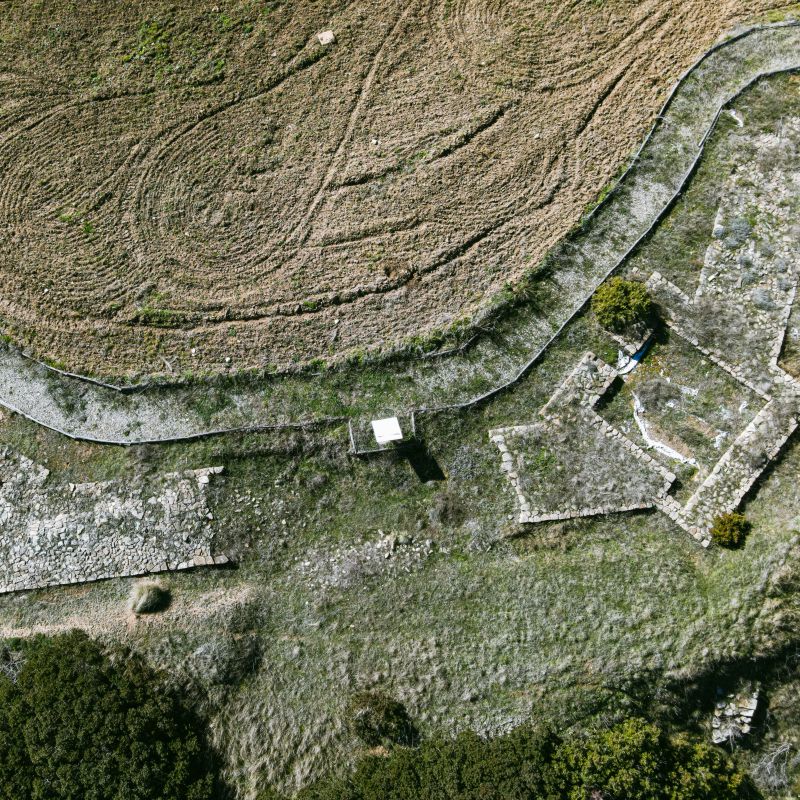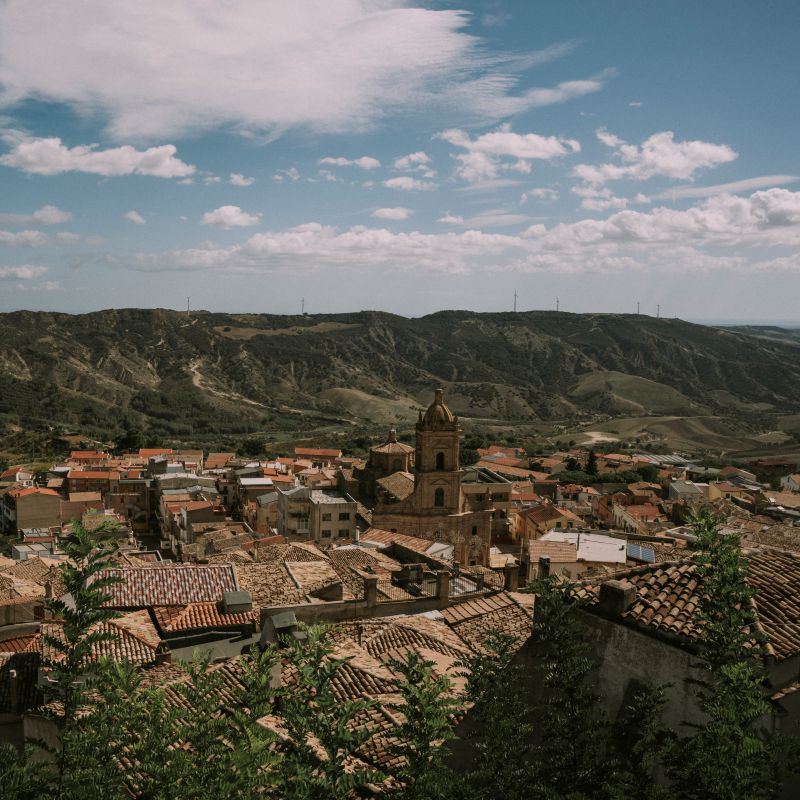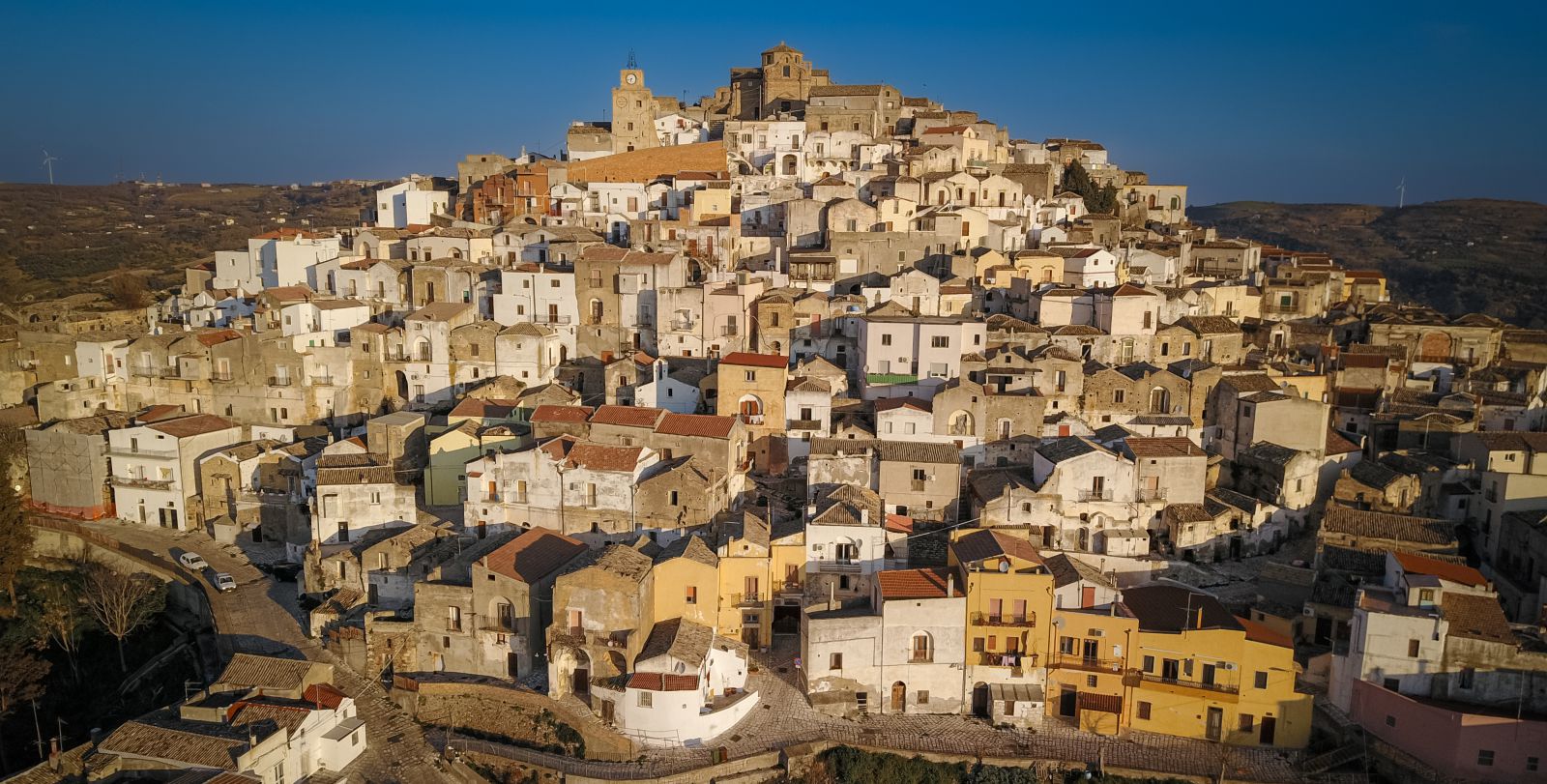History
Culture and Traditions
A MILLENNIAL HISTORY
The current center was built in 850 AD, after Pomarico Vecchio had been destroyed three times by Saracen raids. The choice of site could not have been happier, being a truncated cone surrounded by steep slopes. From an etymological point of view, Pomarico would seem to derive from the Latin Pomi Ager, or “field of fruit” or “territory full of trees”. Its history is linked to that of two ancient centres, Pomarico Vecchio and Castro Cicurio. Pomarico Vecchio was a fortified center in Basilicata, probably prior to the 5th century BC, when these lands were still occupied by the Enotrians. It was located on the highest peak of the hill in the San Giacomo district – 415 meters above sea level – about a dozen kilometers from the current city. In the 4th century BC. it was influenced by the growing Hellenization of eastern Lucania, which brought about an urban transformation on the model of the Greek polis. In the surrounding area, in fact, some tombs from the Greek age have been found. In Lama di Palio, in particular, ostraka, shards of vases used for writing, have surfaced.
The site of Castro Cicurio dates back to Roman times. It was most likely the result of the “romanization” of a previous Greek settlement, Cichurus. In 1043, under the Norman domination, the events of Pomarico were linked to those of the County of Montescaglioso and therefore also to the dispute between the rulers of the latter and those of the Benedictine abbey of San Michele Arcangelo. This dispute ended in 1714; the part of the territory where Castro Cicurio was located fell to the Abbey, which thus became a Benedictine colony. Pomarico then became a fief of Guglielmo Braccio Di Ferro, Roberto il Guiscardo, the Macabeo and Del Balzo, the lords of Avalos, the Orsini, the Naselli and the Miroballo. The second half of the eighteenth century was the era of the Donnapernas, who built the Palazzo Marchesale. Pomarico is also reported in Franciscan sources for the famous “miracle” of San Francesco, whose memory is enclosed in a symbol carved on a stone set in a house located on the top of the historic center. It was the birthplace of Niccolò Fiorentino, patriot and scholar; Camillo Giuseppe Giordano, botanist; don Pietrangelo Spera, historian and man of letters, and to Camilla Calicchio, mother of the Venetian musician Antonio Vivaldi.





